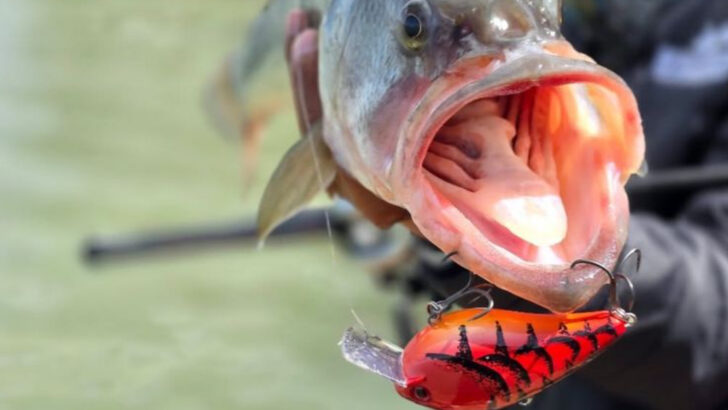If your bass game feels stale, it’s time to throw the rulebook overboard.
Largemouth bass are smart, stubborn, and way too familiar with the usual tricks. If you’re still tossing the same bait in the same spots, you’re playing checkers while these fish play chess.
The best anglers don’t just cast—they experiment. They study the water like a hunter, think like a fish, and aren’t afraid to try something that sounds a little crazy.
These ten outside-the-box techniques aren’t your grandpa’s fishing secrets.
We’re talking tech, timing, and tactics that flip the script—and bring in monsters where others come up empty.
If you’re ready to ditch the ordinary and hook into something extraordinary, you’re in the right place.
Let’s shake up your strategy and reel in the results.
Finesse Fishing with Soft Plastics
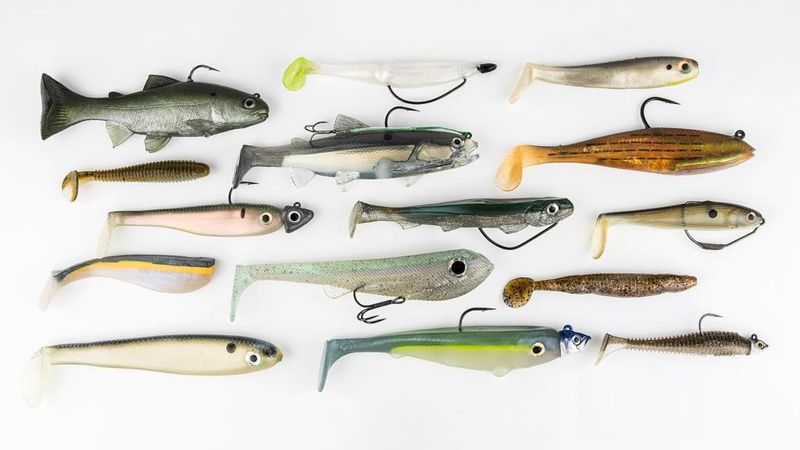
Finesse fishing with soft plastics is a subtle art. Imagine gently casting a lifelike worm into clear water, enticing a curious bass to investigate. This technique requires patience and precision, often involving a slow retrieve that mimics the natural movement of prey.
In shallow waters, the gentle presentation of soft plastics can be incredibly effective. The trick is to match the hatch, using colors and sizes that resemble local forage.
Many anglers find success using this method in clear lakes during summer, where the bass are wary of traditional lures. Trust in finesse can lead to exciting catches.
Topwater Frogging
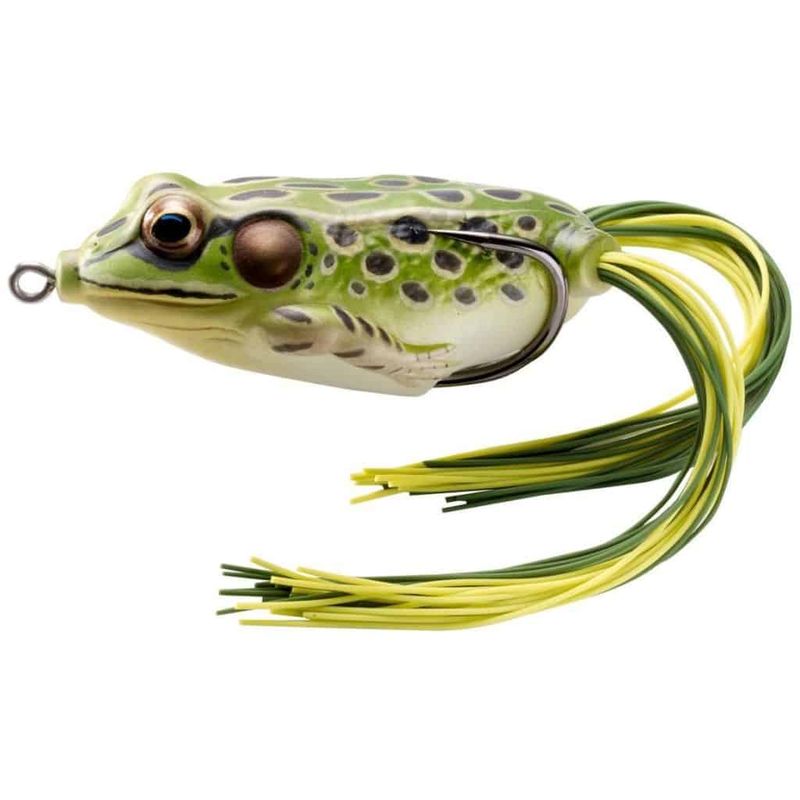
Topwater frogging offers an adrenaline rush unlike any other. Picture casting a frog lure across lily pads, creating ripples that attract lurking bass. The explosive surface strikes are a testament to its effectiveness.
This technique thrives in areas dense with vegetation, where traditional lures might get snagged. By mimicking the movement of frogs, anglers can coax even the most reluctant bass.
The thrill of watching a bass leap for your lure makes topwater frogging a favorite among many. It’s not just about catching fish; it’s about the heart-pounding anticipation.
Jigging in Deep Water
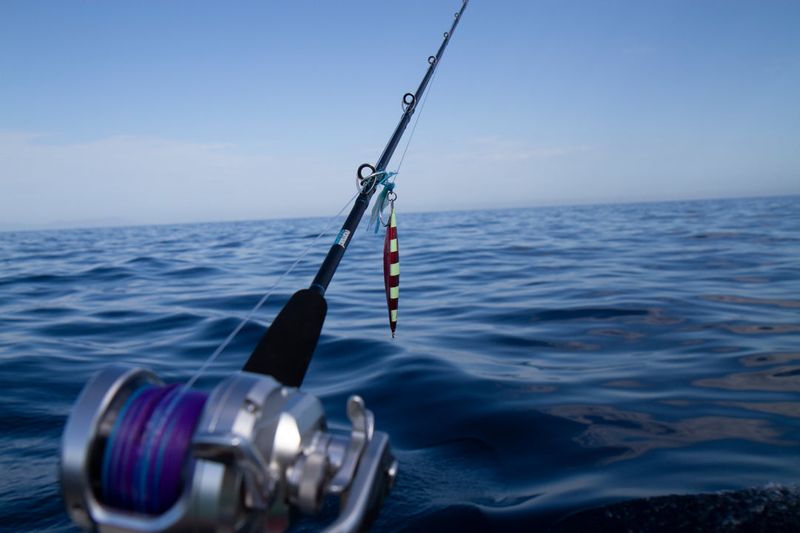
Jigging in deep water combines skill and intuition. Imagine dropping a jig to reach bass hiding in underwater structures. The key is to maintain contact and feel the subtle bites.
Deep water jigging is perfect for targeting bass during colder months when they retreat to deeper zones. Utilizing sonar can enhance precision, ensuring your lure reaches the right depth.
The beauty of this technique lies in its adaptability, allowing anglers to experiment with different jig sizes and colors. It’s a masterful dance of patience and precision that rewards those willing to learn.
Drop Shot Rigging
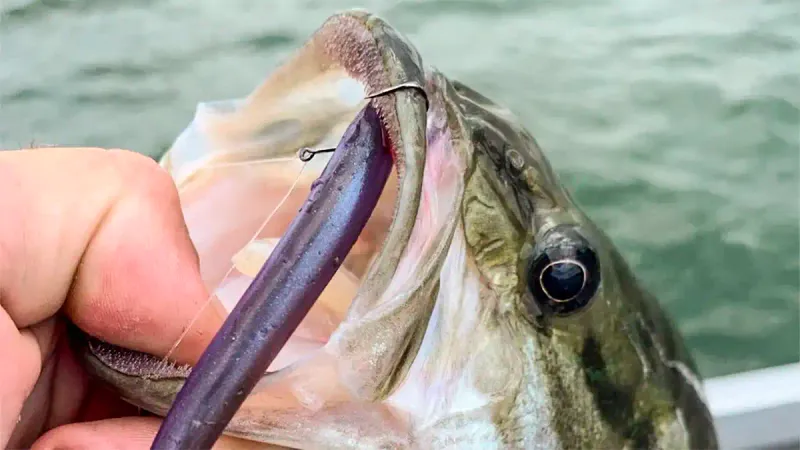
Drop shot rigging is a game of finesse and subtlety. By suspending the bait above the weight, this setup allows the lure to hover enticingly, mimicking vulnerable prey.
Ideal for clear waters and finicky bass, drop shotting demands attention to detail. The angler must focus on subtle twitches and pauses, creating an irresistible presentation.
This method shines in pressured waters where bass have seen it all. The simplicity and effectiveness of drop shot rigging make it a beloved technique among bass anglers seeking a strategic edge.
Swimbait Strategies
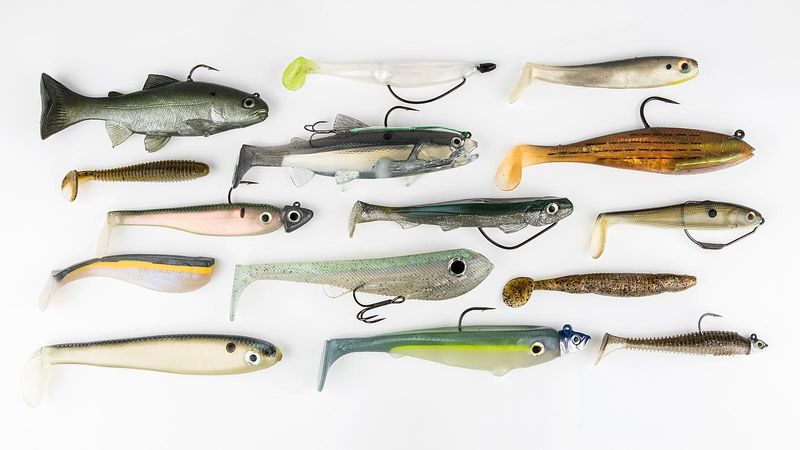
Swimbait strategies are all about emulating prey. By using lifelike lures, anglers can tempt bass that are hunting for bigger meals.
The beauty of swimbait fishing lies in its versatility. These lures come in various sizes and styles, allowing anglers to adapt to the conditions and target specific fish.
Whether fishing in open water or near structures, swimbaits offer a realistic presentation. Anglers must be patient and observant, watching for signs of interest and setting the hook with precision. It’s a rewarding challenge for those who love a realistic approach.
Crankbait Crawling
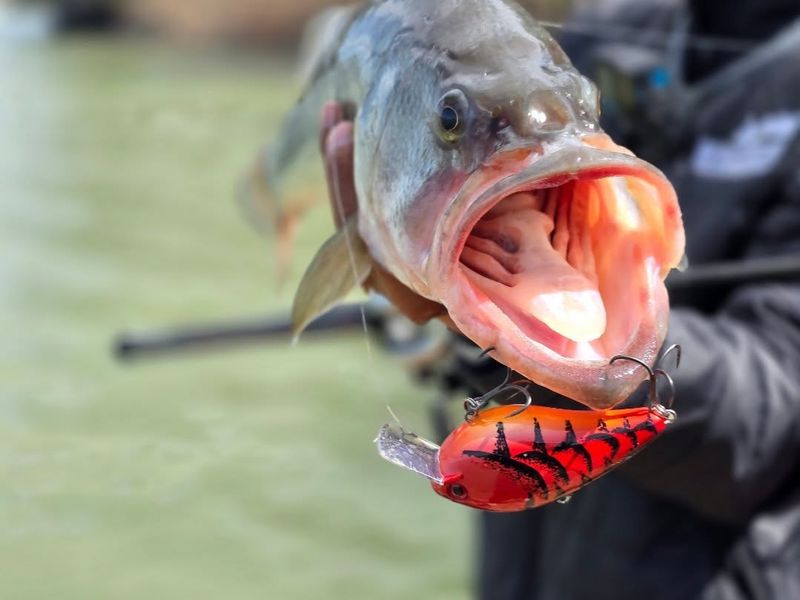
Crankbait crawling involves meticulous retrieval. By slowly dragging the lure along rocky bottoms, anglers can imitate crawfish scuttling across the substrate.
This technique requires patience and a steady hand, allowing the crankbait to bounce off rocks and entice lurking bass. It’s especially effective in rivers and reservoirs with rocky beds.
Timing and rhythm are crucial, as is choosing the right crankbait color for the environment. This method transforms the angler into a predator, reading the landscape and anticipating the bass’s next move.
Wacky Rigging
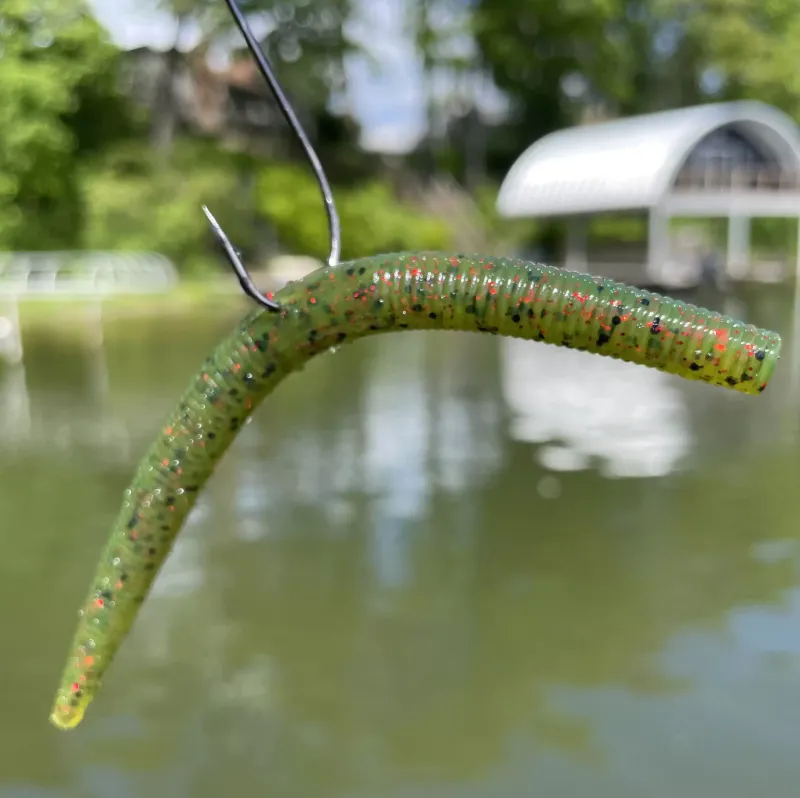
Wacky rigging is a fun and unconventional technique. By hooking a soft plastic worm in the middle, it creates erratic movements that drive bass wild.
This method is perfect for beginners and veterans alike, offering a unique presentation that works in various environments. The unpredictable motion of the lure mimics an injured prey, drawing in curious fish.
Best used in clear waters with minimal vegetation, wacky rigging encourages experimentation with color and size. It’s a reminder that sometimes, the most unorthodox methods yield the best results.
Spinnerbait Pulsing
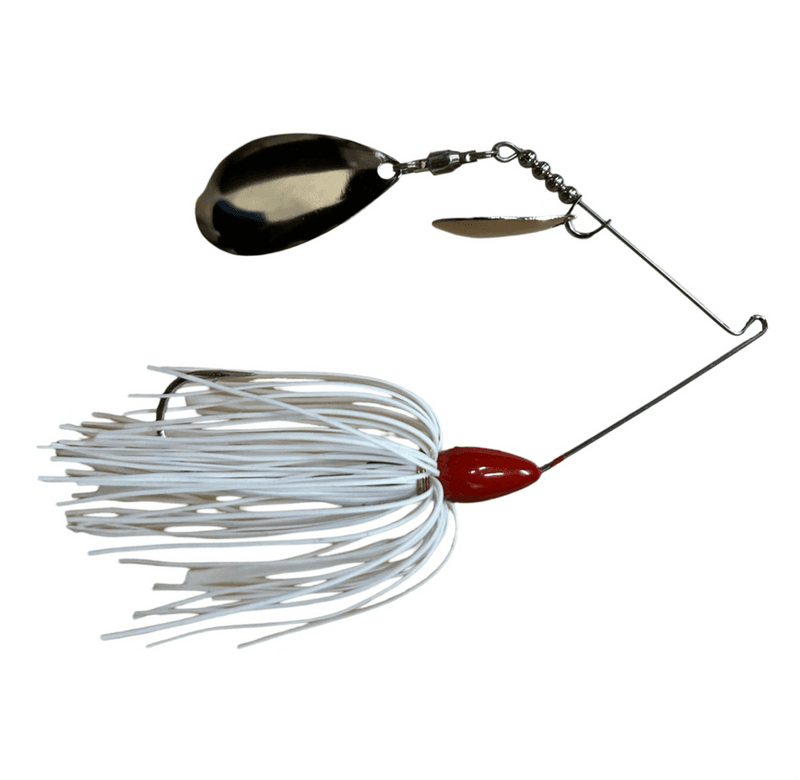
Spinnerbait pulsing is all about rhythm and attraction. By casting into gentle currents, the angler can create vibrations that catch the attention of bass.
The flashing blades of the spinnerbait mimic small baitfish, making it an irresistible target. This technique thrives in murky waters where visibility is low.
Timing the retrieval to match the natural flow of the water enhances the lure’s appeal. Spinnerbait pulsing transforms the angler into a conductor, orchestrating an aquatic symphony that draws bass from their hiding spots.
Chatterbait Chasing
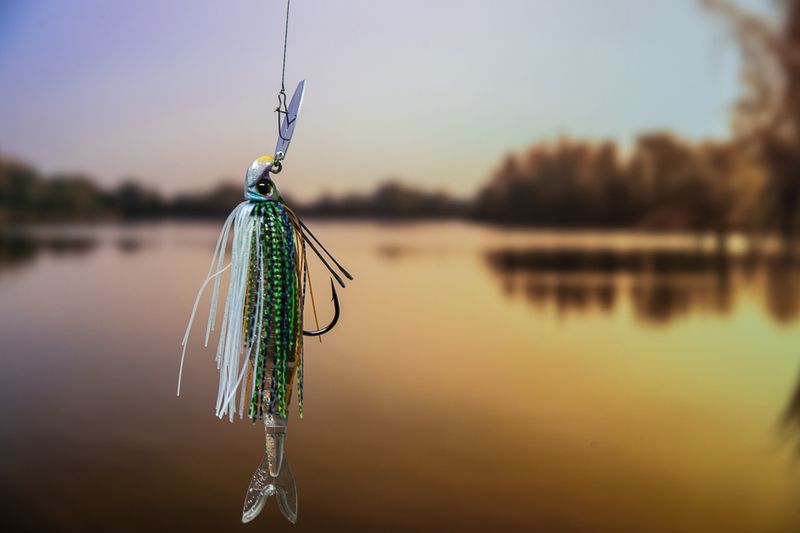
Chatterbait chasing is a dynamic approach to bass fishing. The lure’s vibrating action mimics distressed prey, attracting bass even in challenging conditions.
This technique works well in windy lakes where traditional methods may struggle. The chatterbait’s unique design creates a distinctive noise and movement that bass find hard to resist.
Anglers must be attentive, feeling for subtle bites and adjusting their retrieval speed. Chatterbait chasing invites creativity and responsiveness, rewarding those who embrace its energetic style.
Buzzbait Wake
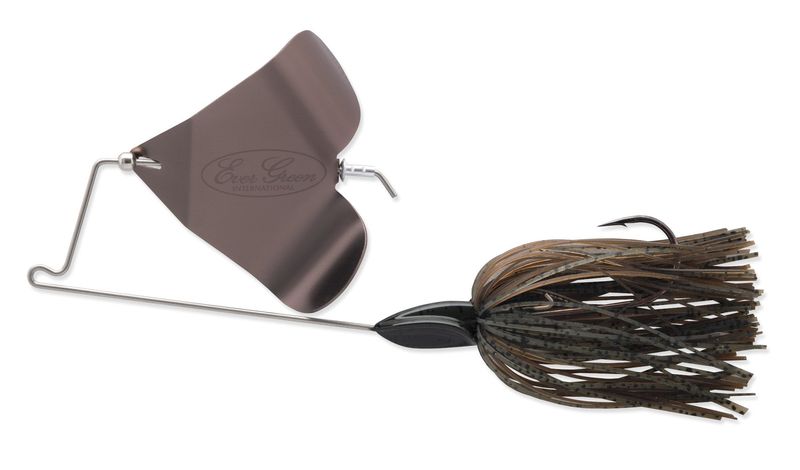
Buzzbait wake creates thrilling surface action. As the lure skims across the water, it creates a wake that ignites predatory instincts in bass.
Ideal for use at dusk or dawn, this technique capitalizes on low light conditions when bass are actively feeding. The commotion on the surface mimics struggling prey, drawing explosive strikes.
Buzzbait wake is a blend of art and science, requiring precise timing and lure selection. It’s a captivating dance on the water’s surface, offering an exhilarating experience for those who crave excitement.

